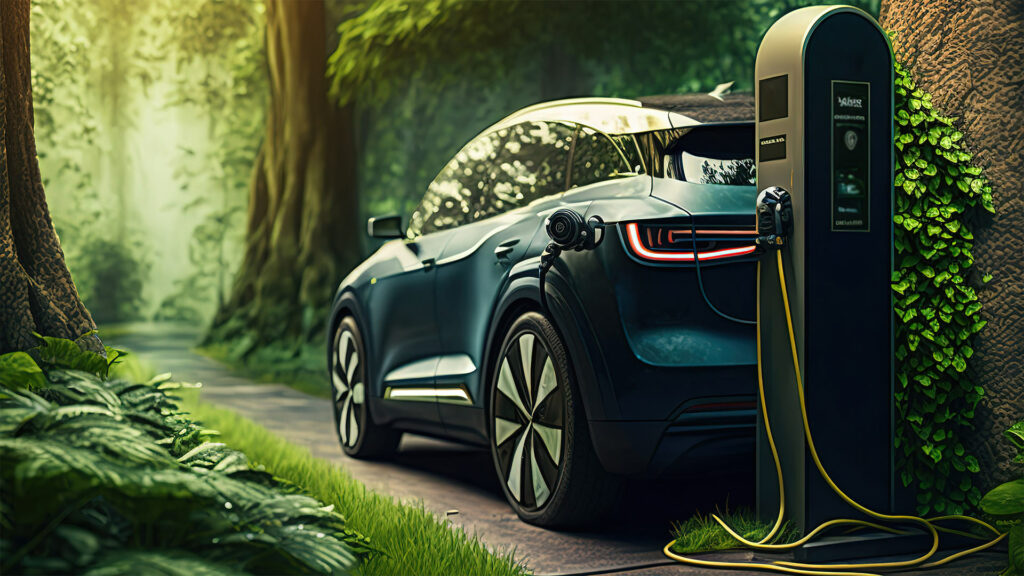An investment of £236,000 from the Office of Zero Emission Vehicles has been allocated to Essex and 2023 will see the installation of multiple new public charging locations – ahead of a full roll out in the coming years.
As the UK moves toward the target of Net Zero by 2050, each local authority will begin to execute on plans to help reduce their carbon footprint.
While not quite on the scale of the project that Surrey Council has kicked off with Connected Kerb, every additional charger will help make life better for EV drivers. It's worth remembering that this kick-off project has been started way head of Essex County Council (ECC) publishing its EV strategy toward the end of 2023. In that sense, this is probably better thought of as a prototyping exercise, to increase the council's hands-on experience of how best to help enable its 2 million inhabitants to get ready for pollution-free driving in the future.
Initial plans are for an additional 30 public charger locations across the county, with work beginning as early as July 2023. The intention of all ECC projects is that they support the country's driver to become safer, greener and healthier. This is important considering that the sheer volume of housing in the county has steadily increased in recent years. The 560,000 dwellings registered in 2001 have now passed the 650,000 marker – a jump of 16%.
EV charging at home usually takes place off-street in garages and driveways, but that's difficult for residents of many towns and cities across the UK. Only by councils installing charge points on-street or in public car parks can residents without off-street parking enjoy the convenience and value of charging their electric vehicles at home.
Tracey Vickers, Essex County Council’s Head of Sustainable Transport, told media: “In a rural county, the car is always going to need to be part of the solution for necessary journeys.”
“This grant will allow trial charge points in different types of rural and urban locations to understand what works where,” she explained.
“As more residents use electric vehicles, communities will benefit from improved air quality and lower their carbon footprint, helping Essex to become safer, greener and healthier.”
This particular grant has been made available through the Office for Zero Emission Vehicles (OZEV) and will be administered by the Energy Saving Trust.
One of the biggest challenges for charger planning and installation, outside the biggest population zones, is how their installation will affect the local community, shopping and other social patterns. Not every ‘ideal location' will have ample grid capacity already in place. We saw a great example of how various organisations can work together to achieve a win when we visited the opening of the Paisley Pear Super Fast Charging Hub, back in August.
Lower pricing on new and used EVs, alongside great public charger availability, will be make it easier for all of us to transition to a carbon neutral UK by 2050.
Let's hope that Tracey Vickers commits Essex Council to only using renewable suppliers for electricity.
